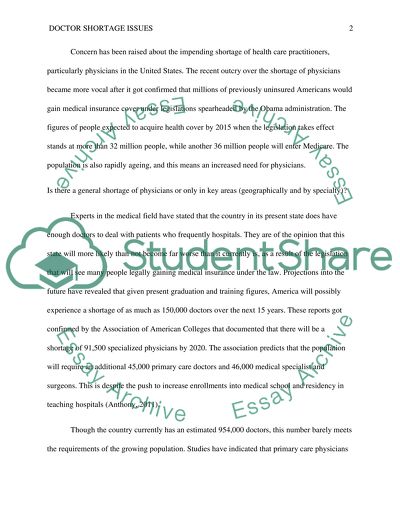Cite this document
(“Doctor Shortage Issues Research Paper Example | Topics and Well Written Essays - 1250 words”, n.d.)
Retrieved from https://studentshare.org/health-sciences-medicine/1453771-doctor-shortage-issues
Retrieved from https://studentshare.org/health-sciences-medicine/1453771-doctor-shortage-issues
(Doctor Shortage Issues Research Paper Example | Topics and Well Written Essays - 1250 Words)
https://studentshare.org/health-sciences-medicine/1453771-doctor-shortage-issues.
https://studentshare.org/health-sciences-medicine/1453771-doctor-shortage-issues.
“Doctor Shortage Issues Research Paper Example | Topics and Well Written Essays - 1250 Words”, n.d. https://studentshare.org/health-sciences-medicine/1453771-doctor-shortage-issues.


